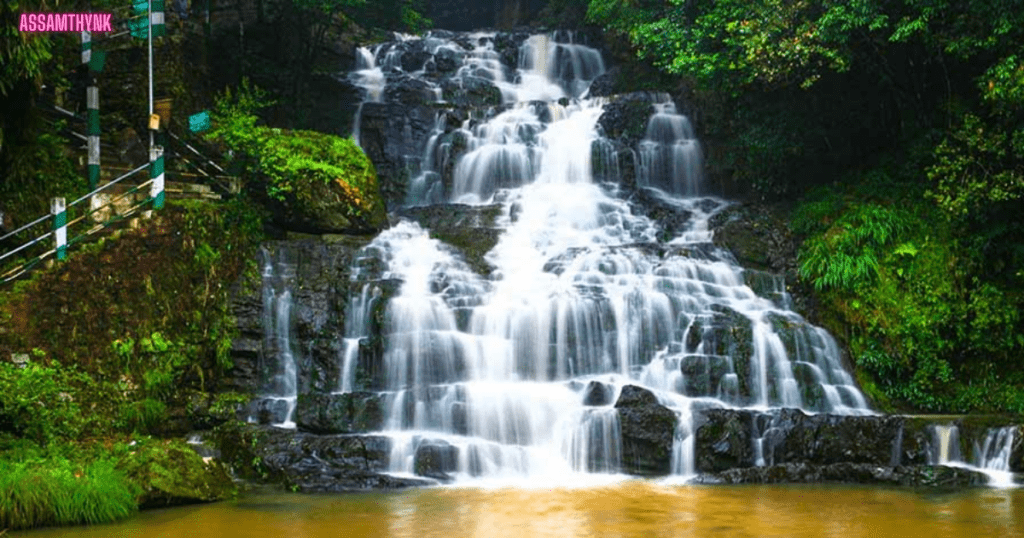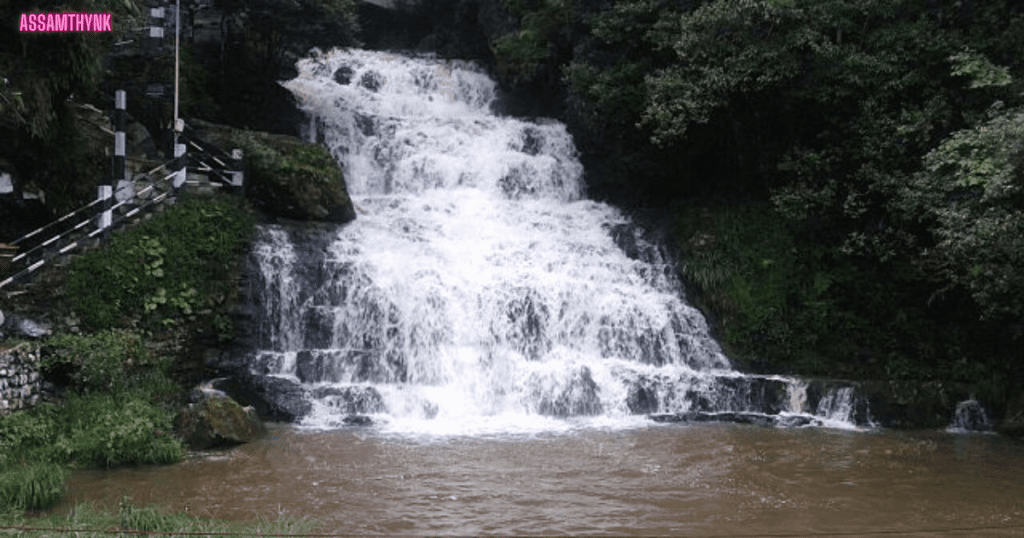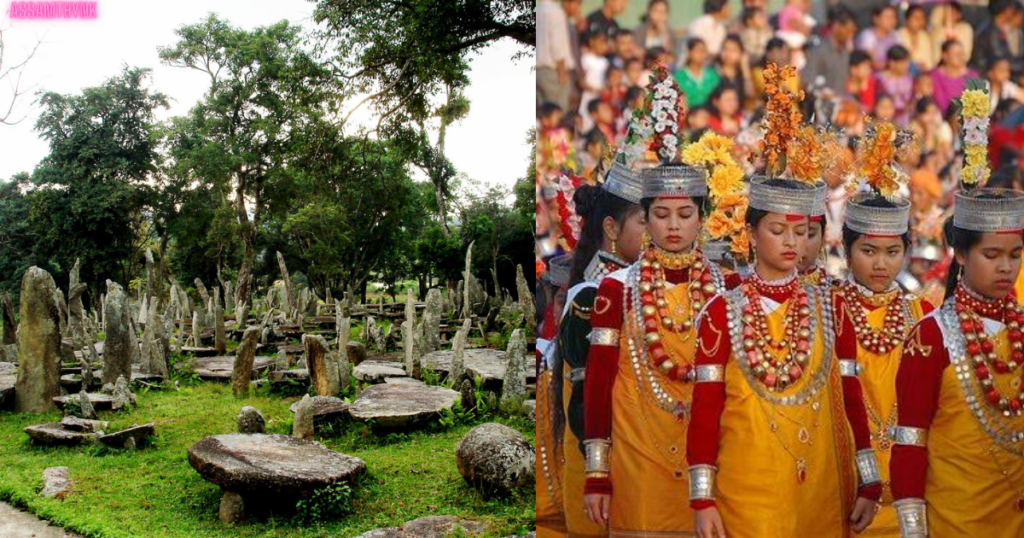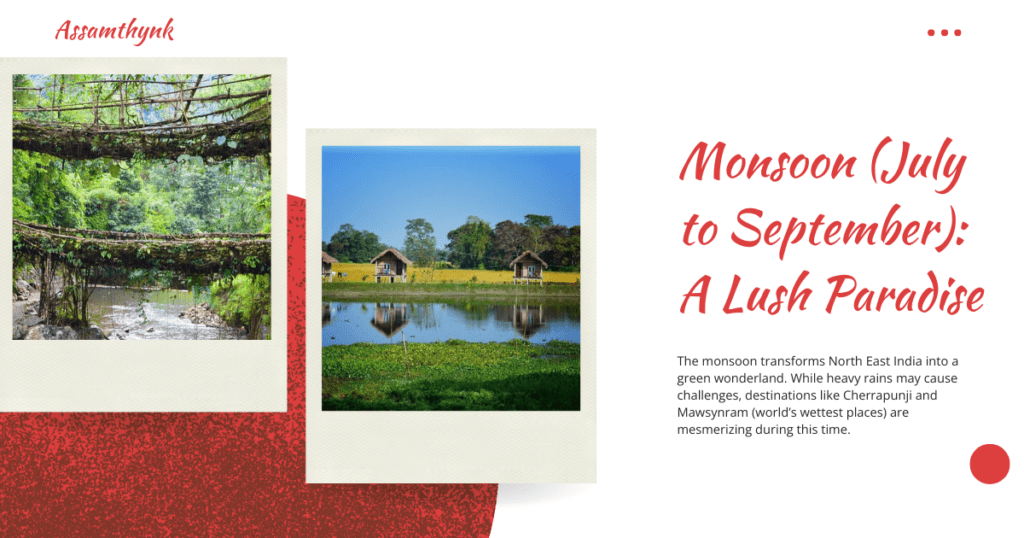Introduction
Shillong, the charming capital of Meghalaya, is often called the ‘Scotland of the East’ due to its rolling hills, misty landscapes, and stunning waterfalls. Among its numerous natural attractions, Elephant Falls stands out as one of the most breathtaking and accessible waterfalls in Northeast India. Nestled amidst lush greenery, Elephant Falls is a three-tiered cascade that attracts tourists and nature lovers alike. This guide provides a comprehensive travel overview of Elephant Falls, covering its history, significance, how to reach, best time to visit, things to do, and travel tips to enhance your experience.
Elephant Falls derives its name from a massive elephant-shaped rock that once stood near the falls. The British, during their colonial rule, named it ‘Elephant Falls’ due to this distinctive rock formation. However, an earthquake in the late 19th century led to the destruction of the rock. Despite this loss, the name has endured, and the falls continue to be a major tourist attraction.
Locally, the falls are known as ‘Ka Kshaid Lai Pateng Khohsiew’, which translates to ‘Three Step Waterfalls’ in the Khasi language. This name accurately describes the waterfall’s three distinct sections, each offering a unique visual treat as the water cascades down multiple layers of rocky terrain.
Location and How to Reach Elephant Falls
Elephant Falls is situated approximately 12 kilometers from Shillong city center on the road leading to Cherrapunji. It is one of the most accessible waterfalls in Meghalaya, making it a convenient stop for travelers exploring Shillong and nearby attractions.
By Air:
The nearest airport to Shillong is Shillong Airport (Umroi Airport), about 35 kilometers away. However, it has limited flight connectivity. The nearest major airport is Lokpriya Gopinath Bordoloi International Airport in Guwahati, about 130 kilometers from Shillong. From Guwahati, you can hire a taxi or take a shared cab to Shillong, which takes about 3–4 hours.
By Rail:
The nearest railway station is in Guwahati Assam, which is well-connected to major cities across India. From Guwahati, buses, shared taxis, and rental cars are available for Shillong.
By Road:
Shillong is well-connected by road to Guwahati and other parts of Meghalaya. The drive from Guwahati to Shillong is scenic, passing through rolling hills and pine forests. Visitors can hire a private taxi or take shared cabs and buses to reach Elephant Falls from Shillong city.
Is It Safe to Travel to Elephant Falls
Yes, Elephant Falls is a safe travel destination for visitors of all ages. The area is well-maintained with proper pathways, railings, and steps leading to different tiers of the waterfall. However, during the monsoon season (June-September), the trails can be slippery, so extra caution is advised.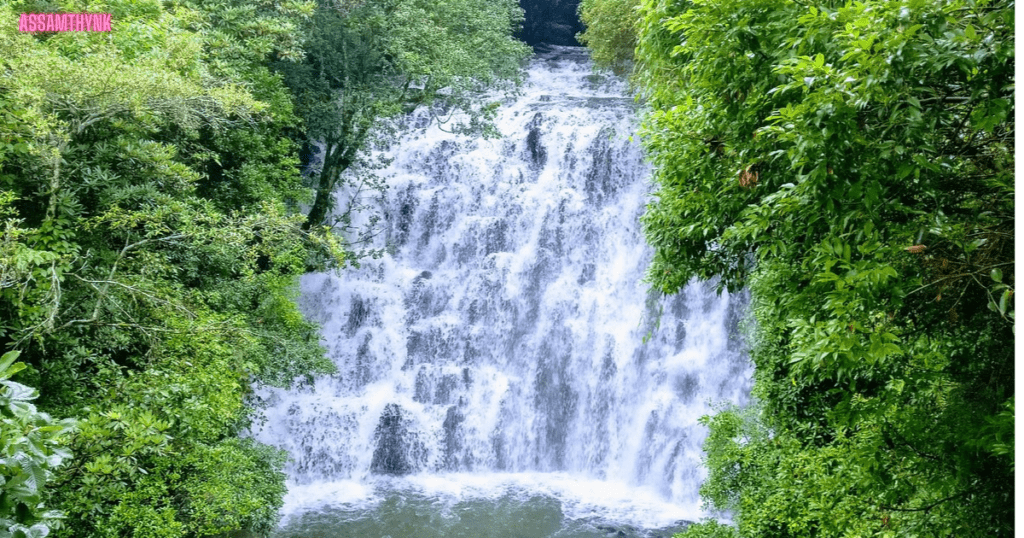
It is recommended to wear sturdy footwear, especially while exploring the lower levels of the falls. The location is easily accessible from Shillong, with regular transportation available. Local vendors and security personnel are present, ensuring a safe and enjoyable visit. As always, travelers should follow basic safety precautions and respect nature while exploring.
Exploring Elephant Falls: What to Expect
Upon arriving at Elephant Falls, visitors are welcomed by a well-maintained pathway leading to the three sections of the falls. The falls are divided into three stages, each offering a different perspective:
First Step: The uppermost section is relatively broad and calm, with water flowing over a wide rock face. This tier is often partially hidden by thick foliage.
Second Step: The middle tier is narrower, with a more forceful stream of water cascading down a rocky cliff.
Third Step: The final and most dramatic tier, where water plunges down a steep rock face, creating a mesmerizing sight. This section is the most photographed part of Elephant Falls.
To reach each section, visitors need to descend a flight of stairs, which takes about 10–15 minutes. Though the steps are well-maintained, they can be slippery during the monsoon, so caution is advised.
Things to Do at Elephant Falls
1. Photography and Sightseeing
Elephant Falls offers stunning opportunities for photography. Whether capturing the cascading water, the lush green surroundings, or the intricate rock formations, the falls provide a perfect backdrop for nature lovers and photographers alike.
2. Nature Walk and Relaxation
The surrounding forested area provides a peaceful environment for visitors to relax and soak in the beauty of nature. The gentle sound of flowing water combined with the fresh mountain air makes this a rejuvenating experience.
3. Local Shopping at the Entrance
Near the entrance of Elephant Falls, several small stalls sell traditional Khasi handicrafts, bamboo products, woolen shawls, and souvenirs. Tourists can also buy organic honey, handmade jewelry, and locally sourced spices as memorabilia.
4. Visit Nearby Attractions
Since Elephant Falls is located close to several other tourist spots, visitors can plan an extended itinerary including:
- Shillong Peak: Offers panoramic views of Shillong city and is located about 5 kilometers from Elephant Falls.
- Diengiei Peak: A scenic spot perfect for trekking and birdwatching.
- Laitlum Canyons: Known for breathtaking viewpoints and dramatic cliffs.
- Mawphlang Sacred Forest: A mystical forest with ancient trees and a deep cultural significance for the Khasi tribe.
Accommodation Options Near Elephant Falls
Shillong offers a variety of accommodation options ranging from budget guesthouses to luxury hotels. Some recommended places to stay include:
- Ri Kynjai Resort: A luxurious resort offering stunning views of Umiam Lake.
- Pinewood Hotel: One of Shillong’s oldest and most charming heritage hotels.
- Hotel Polo Towers: A comfortable stay option in the heart of the city.
- Cafe Shillong Bed & Breakfast: A cozy boutique stay perfect for budget travelers.
Nearby Attractions of Elephant Falls
Elephant Falls, located about 12 km from Shillong, is a popular tourist spot in Meghalaya. Apart from enjoying its scenic beauty, visitors can explore several nearby attractions that showcase the natural and cultural wonders of the region.
1. Shillong View Point (8 km)
Shillong View Point, situated inside the Indian Air Force base at Laitkor Peak, is one of the best places to get a panoramic view of Shillong city and its surrounding hills. Located about 8 km from Elephant Falls, this viewpoint offers a breathtaking 360-degree view of the rolling Khasi hills and the city below. On a clear day, visitors can even catch a glimpse of the Bangladesh plains.
2. Dainthlen Falls (29 km)
Located 29 km from Elephant Falls, Dainthlen Falls is another stunning waterfall near Cherrapunji. This majestic fall is associated with local legends about a mythical serpent named “Thlen.” Surrounded by rocky terrain and lush greenery, it provides a peaceful retreat for visitors. The best time to visit is during the monsoon or post-monsoon months when the waterfall is in full glory.
3. Cherrapunji (54 km)
Known for its record-breaking rainfall, Cherrapunji is a must-visit destination 54 km from Elephant Falls. It is home to some of the most spectacular waterfalls, caves, and living root bridges. Popular attractions in Cherrapunji include Nohkalikai Falls, Seven Sisters Falls, Mawsmai Caves, and the iconic double-decker living root bridge. A trip to Elephant Falls can be easily combined with a scenic drive to Cherrapunji for an unforgettable experience.
4. Dawki (84 km)
For those looking for crystal-clear waters and an adventurous boat ride, Dawki is an excellent choice. Located 84 km from Elephant Falls, this small town on the India-Bangladesh border is famous for the Umngot River, known for its transparent waters that create an illusion of floating boats. The serene surroundings, suspension bridge, and vibrant riverbank make Dawki a must-visit destination.
These nearby attractions make Elephant Falls an excellent starting point for exploring Meghalaya’s rich landscapes and cultural heritage. Whether it’s admiring waterfalls, experiencing panoramic views, or boating on crystal-clear rivers, these destinations offer something unique for every traveler.
Conclusion
Elephant Falls is one of the most captivating natural attractions in Shillong, offering visitors an immersive experience in Meghalaya’s scenic beauty. Whether you’re a solo traveler, a couple on a romantic getaway, or a family looking for a peaceful retreat, a visit to Elephant Falls is sure to leave you with unforgettable memories. With its picturesque landscapes, cultural significance, and accessibility, Elephant Falls is truly a must-visit destination in Meghalaya.

